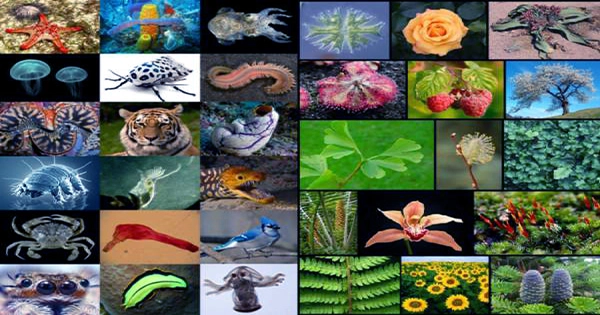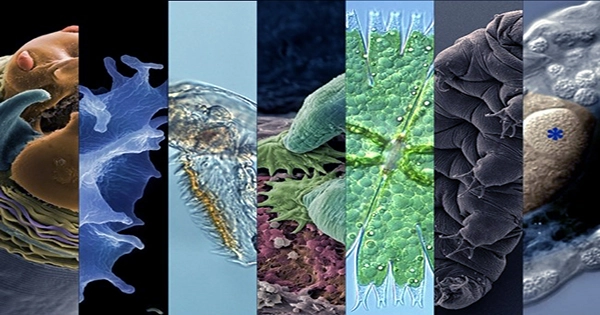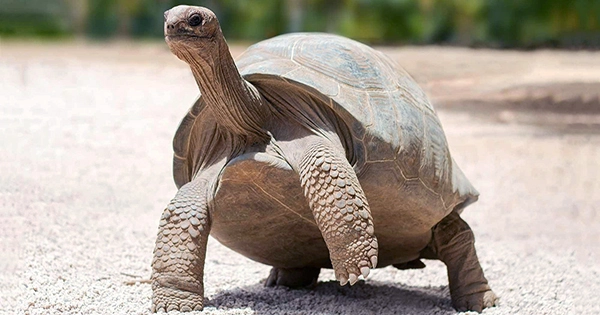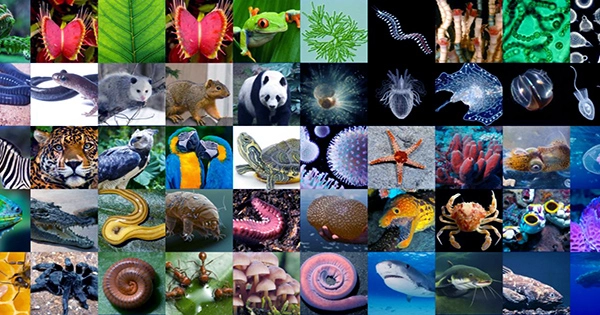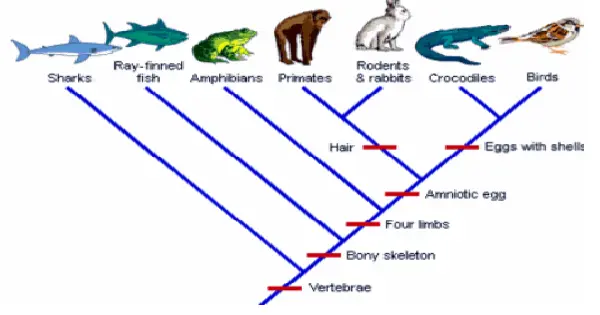They share a number of cell organelles, which are membrane-bound and carry out the same, if not identical, mechanisms to maintain and regulate the normal function of the cells. The nucleus, Golgi bodies, endoplasmic reticulum, ribosomes, mitochondria, cytoskeleton, peroxisomes, and cell membrane are some of these organelles.
Additionally, they go through cellular respiration, which carries out energy-producing processes necessary for cell growth and maintenance.
Despite all of these commonalities, they also have a number of differences.
Because they are both eukaryotic cells, plant and animal cells share many structural similarities. The nucleus, mitochondria, endoplasmic reticulum, Golgi apparatus, lysosomes, and peroxisomes are just a few membrane-bound organelles that are present in both of them. Both also include identical cytosol, membranes, and cytoskeletal components. These organelles have extremely similar roles in both groups of cells (peroxisomes perform additional complex functions in plant cells having to do with cellular respiration). However, the small distinctions between plants and animals are incredibly important and reveal various roles for every cell.
Animal cell: Animal cells, which include all of the cell organelles that carry out various tasks to maintain the metabolism of the animals, are also the fundamental functional unit of life for animals. Animal cells range in size from 10 to 30 um, making them generally smaller than plant cells. Animal cells come in a wide range of sizes and forms, from spherical to irregular, most of which are determined by the functions they carry out. Although they lack a cell wall, they do have a plasma membrane that serves as support and defense against damage from the outside world. It also has a significant impact on the selective permeability that allows water, nutrition molecules, and other cell components to enter and exit the body. They have a flexible thin membrane called a plasma membrane that serves as an animal cell’s protective coating. The permeability is selective as well. They exist and are utilized for the genetic coding of amino acid sequences and protein production. Lysosomes are organelles found in animal cells that carry digestive enzymes for dissolving biological macromolecules. The cytoplasm contains them. They carry out the oxidation processes for particular biomolecules and help produce plasmalogen lipids. They are active and assist the cytoskeleton of the cell by transporting materials across the cytoplasm and into and out of the nucleus. They participate in cytokinesis as well. Its primary duties at the moment include building a network that arranges the cell’s constituent parts and preserves cell form. Their primary duty is to process and package newly generated protein and lipid macromolecules; hence, they have larger and fewer Golgi bodies.
Plant cell: Plant cells are the fundamental functional units of a plant, making up all of the cell organelles and performing a wide range of tasks to support the metabolism of the plant. Plant cells range in size from 10 um to 100 um, making them larger than animal cells. Most plant cells are rectangular or cube-shaped, with certain exceptions. They both have cellulose and cell membranes in their cell walls. The major function of the cell wall, a stiff membrane matrix present on the surface of every plant cell, is to protect the cell and its contents. Just below the cell wall, there is a cellulose-based plasma membrane that permits selective permeability of cell contents into and out of the cytoplasm. It contains the majority of cell organelles. They exist and are used in cellular repair processes and protein synthesis. There are two varieties of them: rough and smooth endoplasmic reticulum. Lysosomes are uncommon in plant cells because the plant vacuole and the Golgi bodies manage cellular waste molecule breakdown. They are found in the cytoplasm of the cell, where they act as lipid synthase, phosphoglycolate recyclers, and cell oxidizers for cellular components. They are there to support the cytoskeleton, transport chemicals between the cytoplasm and the nucleus and are crucial during cytokinesis. They possess a cytoskeleton that preserves the structural integrity of the cell as well as the plant cell’s shape and cytoplasm support.
The modification, processing, sorting, and packaging of proteins for cellular secretion is the primary function of their smaller but more numerous Golgi bodies.
